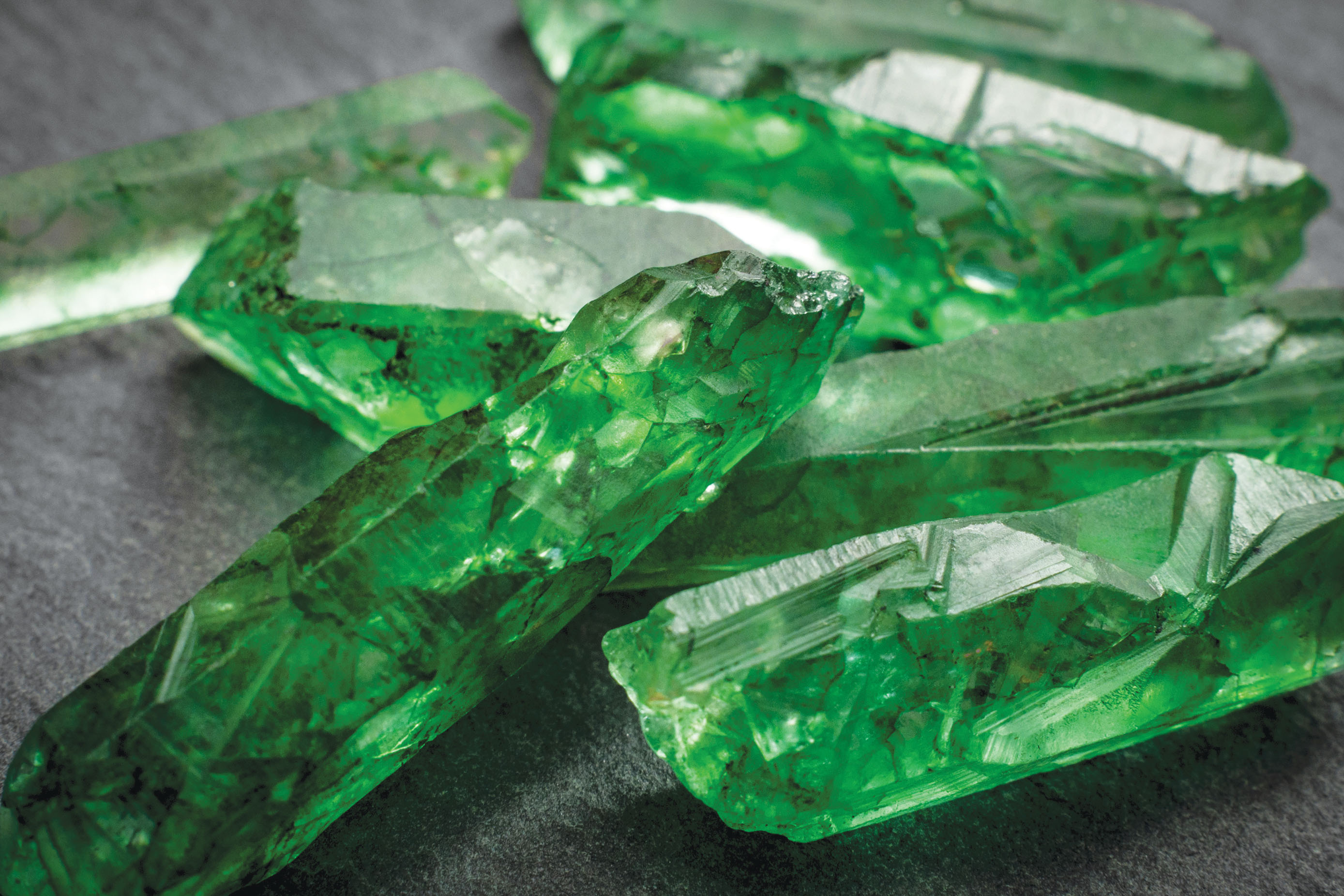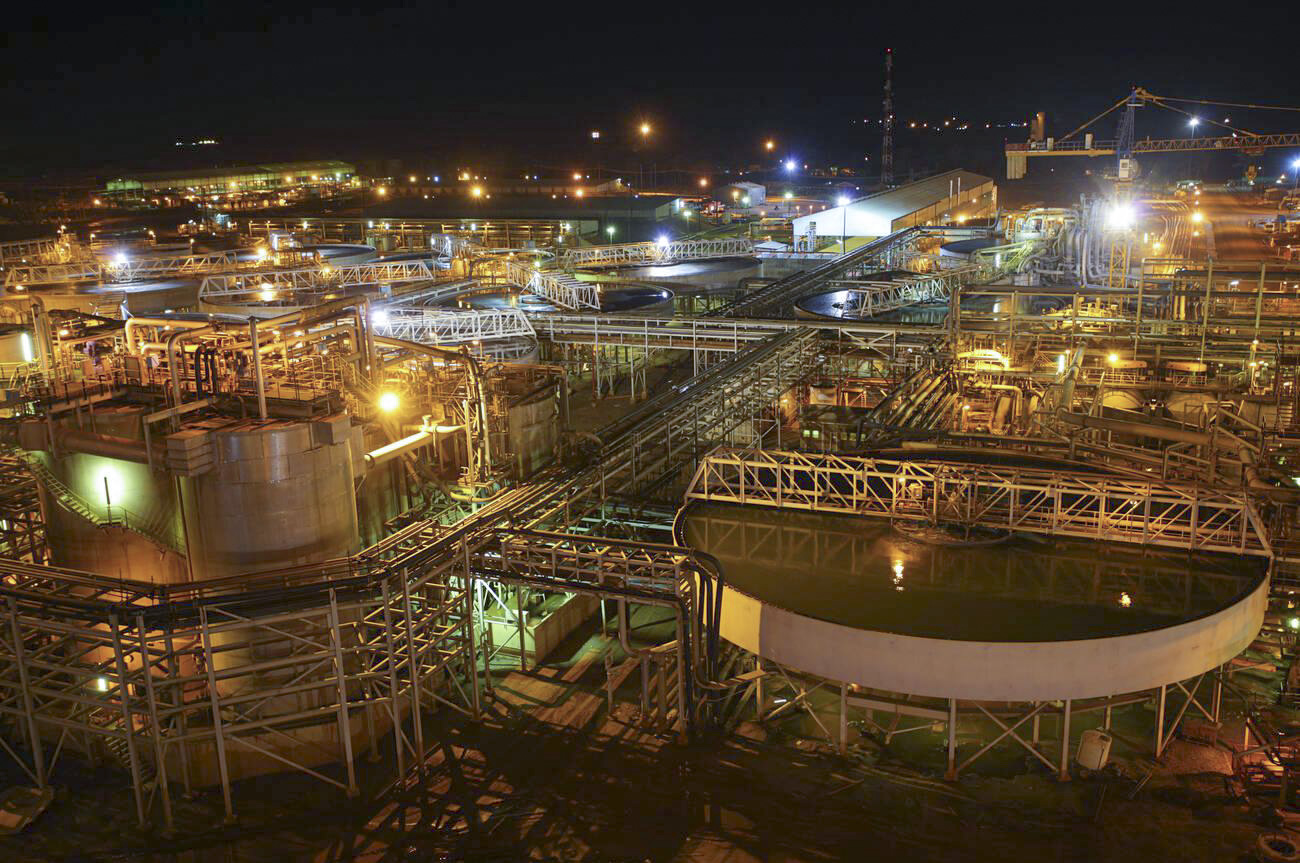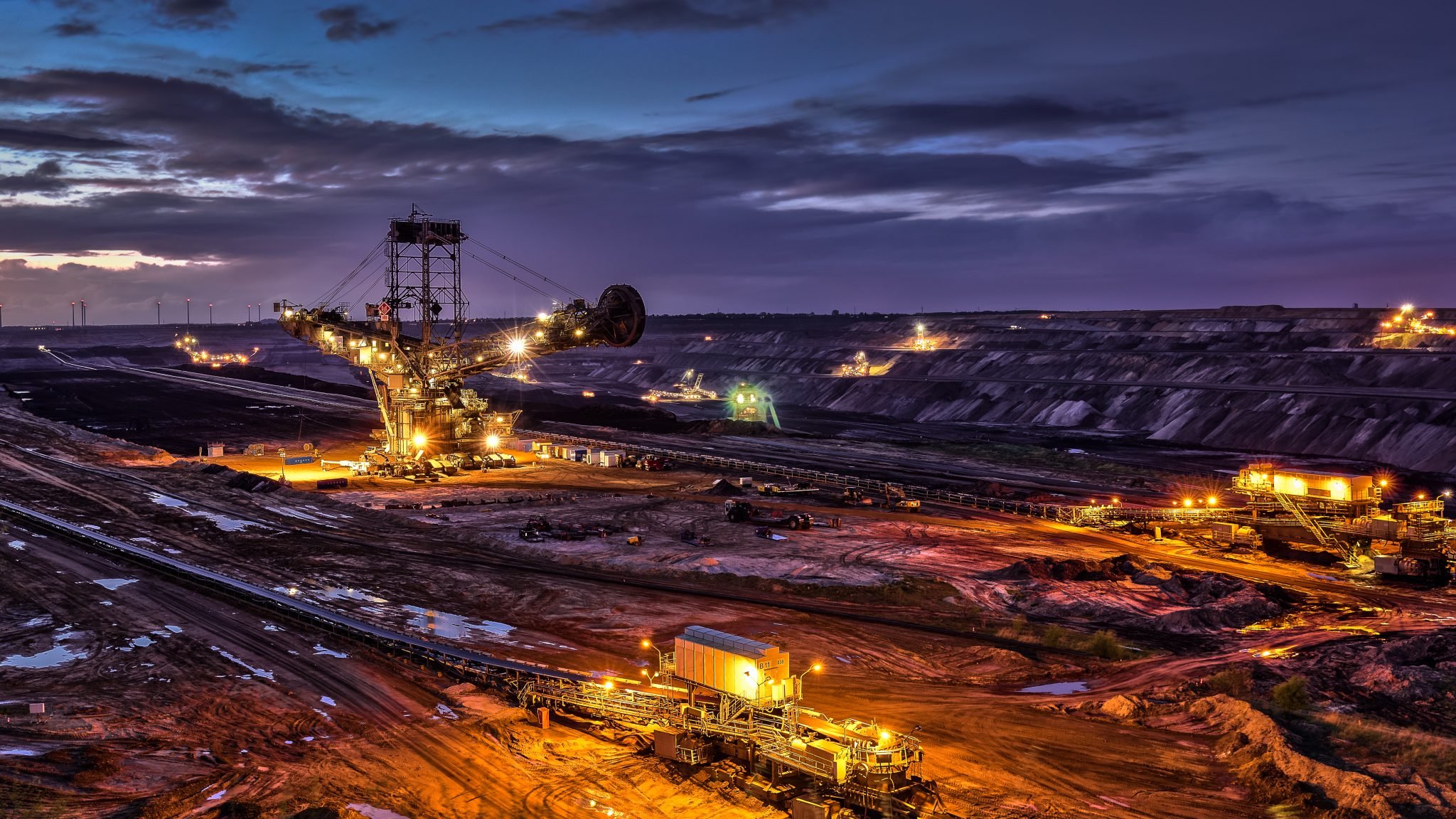If you were to ask most Zambians what their country is known for I am sure that the answer would be: the Victoria Falls, second is the Chipolopolo (our national football team) and last but not least, copper. Zambia is, after all, one of the biggest copper producers in the world. However, the country is well endowed with many minerals besides copper. The mining sector has gradually diversified over the years and also worth noting, female participation has increased from the small scale to the corporate level.
Industrial minerals tend to attract small to medium scale investors and also much more local participation. This is evident from the fairly common sight of people crushing stones along the roadsides in various Zambian towns. Local participants are also drawn to sandy flat stones commonly known as Siavonga stone tiles (which are graded highly both locally and internationally where they fetch a fair penny), black granite, green flat stones and quarry crushing stone.
Most women miners in Zambia are artisanal and small scale miners (ASM), such as Sylvia Mang’ola of Siavonga who is also a member of the Association of Women in Mining (AWM). Ms Mang’ola has been trained in mine management. She is also involved in the crushing of stones used to make blocks and mines granite used for making kitchen units and tombstones. Visitors to Siavonga will notice the beautiful stones in its hills and jutting out of rocks and the ground.

The base metals tend to attract multinationals due to the substantial resources required to make such an endeavour profitable but there are also smaller players and the notorious ‘jerabos’ (illegal miners).
Gemstones have received increased media attention not only because of the revenue the government has collected from them but even more so because of the people who wear them (including a few Hollywood stars). Kagem’s advertising campaign of Zambian emeralds adorned the pages of magazines such as Vanity Fair and Harper’s Bazaar, further raising the profile of Zambian emeralds.
As mentioned, Zambia has a vast array of minerals, from minor deposits of rare earth metals, gemstones and uranium to industrial minerals. However, as stated by Goodwell Mateyo, president of the Chamber of Mines, the sector has largely been dominated by copper production.
Following the advent of privatisation which began in the 1990s, production in the mining sector has increased – largely due to significant foreign investment. Zambia produced 861,946 tonnes of copper in 2018 from its respective smelters. Yet with all the staggering figures bouncing around there has been relatively little diversification into other minerals, with the exception of a handful of other players, most especially in the emerald sector. At the recently held Association of Zambian Mineral Exploration Companies (AZMEC) conference various speakers highlighted the importance of exploration activities and how they often return promising results.
There are certain challenges facing the mining sector and some stakeholders have spoken specifically of regulatory challenges. As with any sector, stability is key. The fact that the tax regime has changed five times in the past decade has contributed towards some negativity in the sector.
Goodwell Mateyo has also highlighted the challenges “of trying to come up with cost reflective electricity pricing for the mining industry to further bolster its sustainability. Linked to these challenges, Mateyo stresses that Zambia’s mineral endowment comes with a high cost of ore extraction – another reason why investment is vital.
Despite the hurdles to overcome, there are high levels of optimism in the mining space. Mabiza Nickel Mine (formerly Munali Nickel Project) set to become a polymetallic operation producing palladium, nickel, cobalt and copper concentrates, is one case cited as an example of growth and potential in the industry beyond copper.
Mopani and Lubambe Copper Mines are catching up with the technological innovations with heavy machinery in mines operated by more established members. Mining houses are now adapting and using precise GPS-driven science making the sector more efficient and there have also been significant advances around safety nationwide in nearly all of the operations.
Another staggering fact is that 57 percent of the world’s cobalt resource is held by Zambia and the DRC, this can only bode well for the electric vehicle revolution. However, while the copper industry is strategically poised to benefit, much more investment is required to allow local cobalt production to finally tune into global demand.
On gemstones, the Kagem Emerald Mine in Copperbelt Province is the world’s largest emerald mine and the world’s single largest producer of emeralds. Owned by Gemfields and covering 41 square kilometres, it accounts for about 25 percent of global emerald production. In 2013 Gemfields engaged actress Mila Kunis as a brand ambassador who helped bring increased publicity to Zambian emeralds in her role. In addition to the Kagem emerald mine, Gemfields has a 50 percent stake in the Kariba Amethyst Mine in Zambia.
Locally, Jewel of Africa was established over twenty-five years ago by Dr. K.B. Sharma in Lusaka. It has acquired an excellent reputation as exclusive jeweller. It is a family business owned by Dr. Rajnish Sharma, Ms. Rashmi Sharma and Dr. KB Sharmathat places great emphasis on team work. In 2007 Jewel of Africa expanded its retail network further throughout the country by acquiring Klaus Rygaard, the oldest jewellery company in Zambia.
Zambian minerals may not be as famous as the Chipolopolo Boys but did you know that ‘chipolopolo’ translates to copper bullets? Such is the importance of this mineral that it is strongly tied to the national identity. However, the next time you think of mining in Zambia remember there’s more to it than copper. There are many different types of minerals being mined and a wide array of people involved in the sector.
Minerals found in Zambia
Industrial minerals
Silica, Quartz, Limestone, Gypsum
Base metals
Copper, Cobalt, Nickel, Lead, Zinc, Manganese
Gemstones
Emeralds, Aquamarine, Amethyst, Citrine















